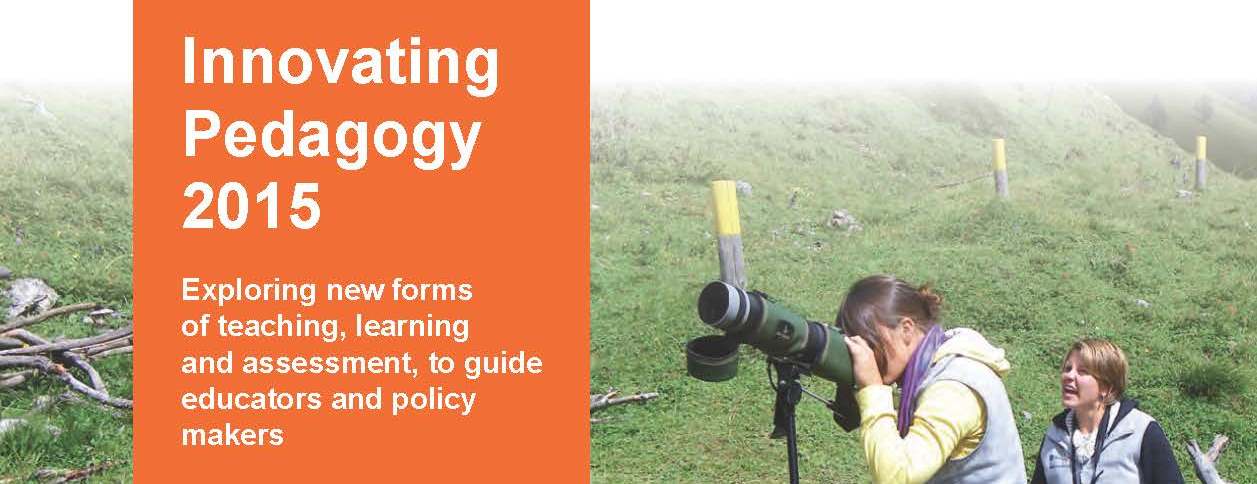“Innovating Pedagogy 2015”: Embodied learning one of top trends.

Embodied learning, is one of the ten trends highlighted in the “Innovating Pedagogy 2015” report. The report is produced by a group of academics at the Institute of Educational Technology in The Open University collaborated with researchers from the Center for Technology in Learning at SRI International.
It proposes 10 technology-enhanced educational innovations that are already in currency and could have a profound influence on education thus guiding teachers and policy makers in productive innovation.
 As the authors mention that “In embodied learning, the aim is that mind and body work together so that physical feedback and actions reinforce the learning process”. This can be done via wearables as well as depth cameras like Microsoft Kinect.
As the authors mention that “In embodied learning, the aim is that mind and body work together so that physical feedback and actions reinforce the learning process”. This can be done via wearables as well as depth cameras like Microsoft Kinect.
Several publications confirm the statements in the report about the pros of using embodied learning technologies, i.e.:
- “the process of physical action provides a way to engage learners in feeling as they learn.”
- “Using bodily actions when learning new content may result in deeper, longer-lasting memory traces and, in some cases, higher test scores and increased knowledge retention.”
Also, it is highly interesting that the authors rightly make reference to an added value that such technologies offer for producing “new insights by generating data that are personal and directly relevant.”
At Kinems, we feel that embodied learning technologies are extremely valuable in special education since i) children with learning difficulties that need highly stimulating interactive tasks that combine movement and cognitive training based on intervention protocols for helping them reach their full potential, and ii) teachers, therapists and parents require access to learning and kinetic analytics for monitoring children’s progress and designing efficiently and effectively the training sessions.
A full-text PDF version of this report is available to download from http://www.open.ac.uk/innovating